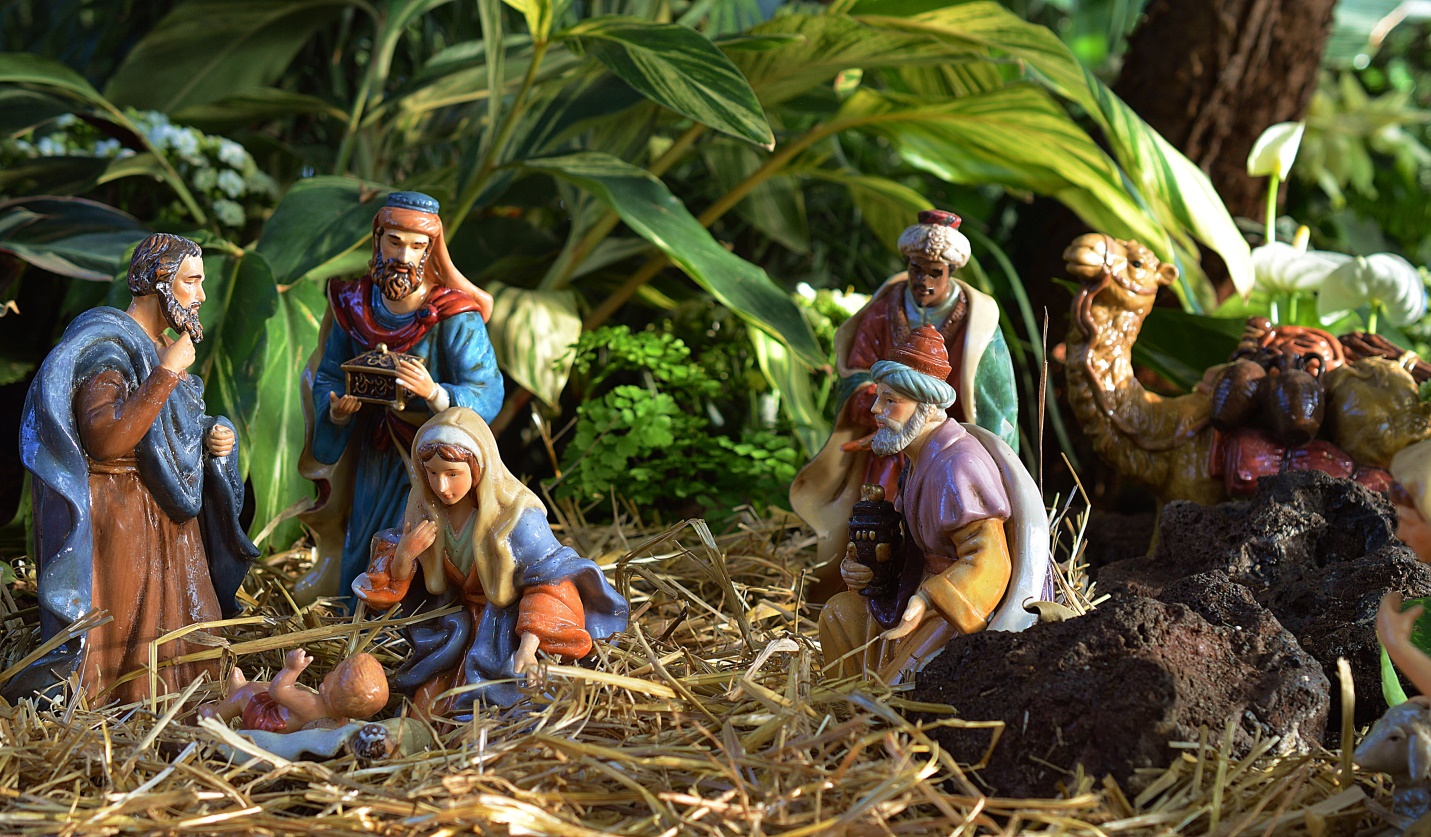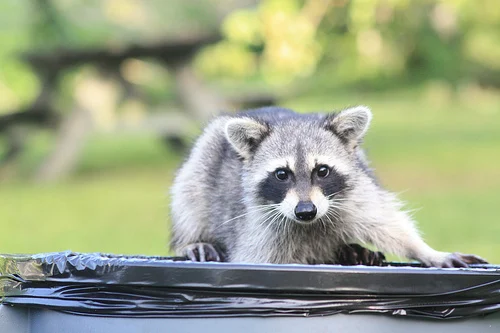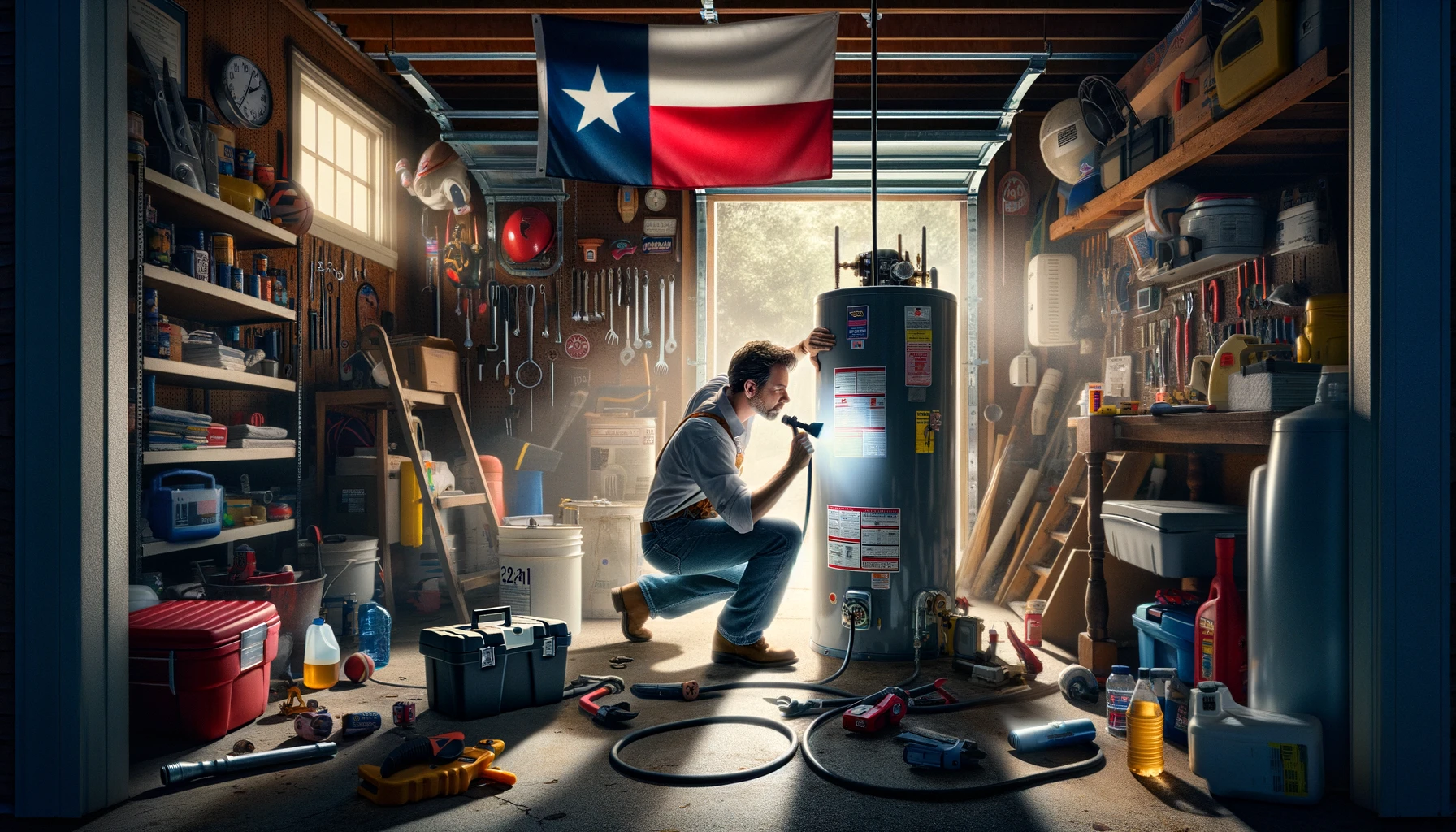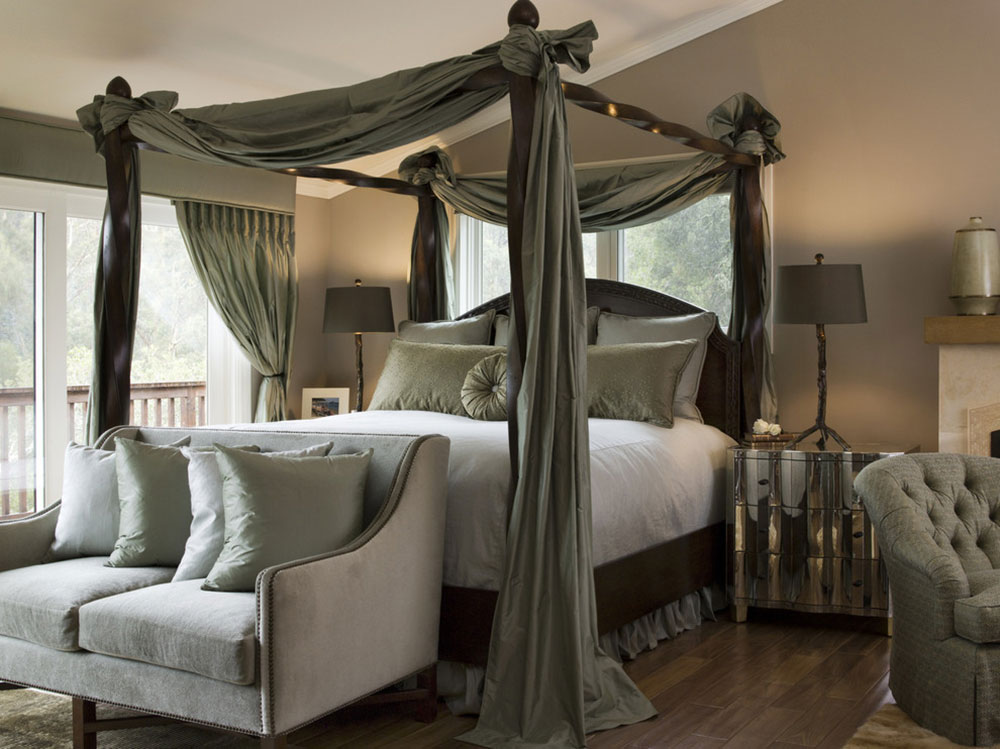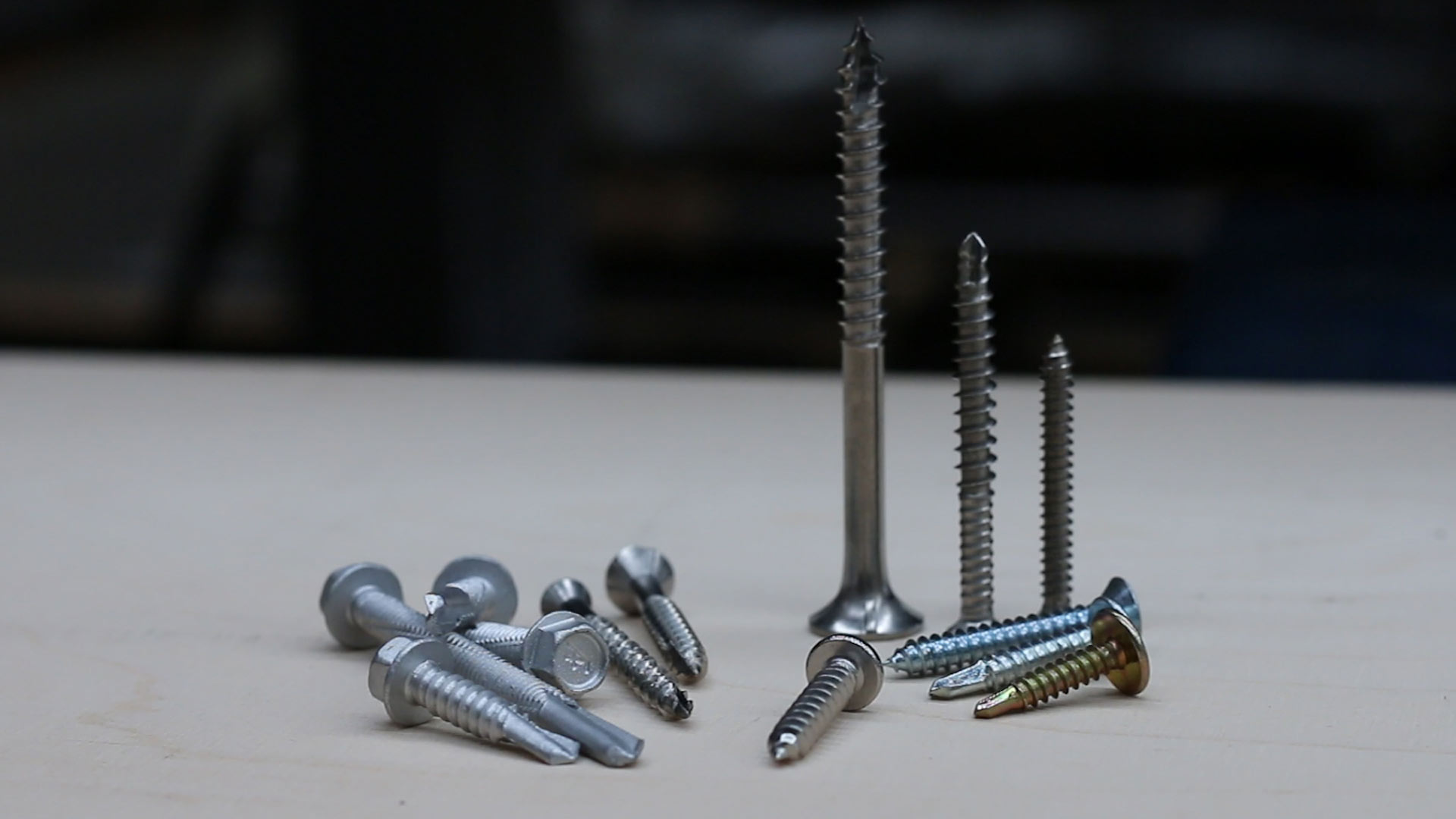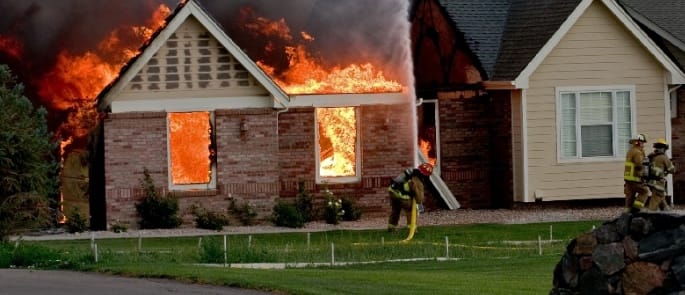Displaying a nativity scene, like decorating the Christmas tree, is a traditional feature of Christmas for many households. Nativity scenes were often seen only in churches until the end of the 18th century. Then, in the nineteenth century, people started to display them in their homes.
The decorations became more rich and detailed throughout time, with shepherds and lambs, the three wise men offering their gifts, camels or an elephant, and the angel Gabriel joining the holy family in the stable, along with the ox and donkey. Typical sceneries include trees, plants, roads, rivers, bridges, carts, and fire pits.
Here is more about nativity scenes, and you can also buy your set from https://www.outdoornativitysets.com/
What is the sequence of the nativity scene?
Characters in the classic nativity scene normally appear in the following order: Baby Jesus, Mary, Joseph, the Three Wise Men, shepherds, sheep, and angels. The Baby Jesus is put in the middle of the tableau as the major focal point of the show.
Mary and Joseph are frequently positioned close together, with Joseph kneeling and Mary reclining. The Three Wise Men, also known as the Magi, are grouped on one side of Baby Jesus, each holding the gifts they brought—gold, frankincense, and myrrh.
The shepherds, sheep, and angels are frequently grouped on the other side of the tableau, with the angels floating above it. Depending on the situation, these figures may be situated closer or farther away from Baby Jesus.
How long should a nativity scene be displayed?
Finally, the choice to remove it is a personal one that personal tastes and circumstances may influence. Some individuals like to display their nativity throughout Christmas, from the start of Advent (typically the Sunday four weeks before Christmas) to the Feast of the Epiphany (January 6).
Others may take it down sooner, such as after Christmas Day or the day after Christmas. Some people may want to have their nativity put up all year as a reminder of the Christmas tale and Christ’s birth.
Finally, it is up to the individual to choose when to store their nativity until the following year.
What exactly is a live nativity scene?
A live nativity scene is a popular Christmas custom that recreates Jesus’ birth. Life-size figurines of Mary, Joseph, the newborn Jesus, the three wise men, and animals such as donkeys and goats are frequently included.
The event is sometimes placed in an outdoor exhibit or in a church, and additional lighting, music, and narration are frequently used to enhance the realism of the presentation. For generations, people have created and participated in live nativity scenes to honor the birth of Jesus, and the custom is still widely observed today.
What goes beneath a nativity scene?
You may put any ornamental object underneath a nativity scene. You may choose to utilize a range of materials, depending on the size of your nativity scene, to complement the overall style of your décor.
Some options include a bed of hay, a tiny basket loaded with cranberries or holly, a straw manger, unscented votive candles, sparkling lights, evergreen trees or bushes, decorations, or even a festive figure.
A soft rug or blanket placed underneath the nativity display is also a wonderful touch. Add some fresh pine sprigs and white or cream potpourri around the nativity scene for a more conventional but classic appearance.
Finally, if you include a manger scene in your nativity set, place baby Jesus or a symbolic figure in the middle of the display.
How do you use nativity scenes to decorate?
A popular and meaningful way to commemorate Christmas is to decorate with a nativity scene. There are many ways to include a nativity scene in your holiday decorations.
One method is to place miniature figurines and decorations around your house. This may be accomplished by placing tiny representations of the holy family around the house, such as Mary and Joseph snuggled in the manger on the dining room sideboard, the three wise men in a doorway alcove, or the angel Gabriel atop the Christmas tree.
You may also purchase nativity-inspired fabric for table runners or wall hangings and paper cutouts of figures to hang from the ceiling or scenarios to serve as a background for Christmas pictures.
A full-size nativity scene is another option to include a nativity into your design. These often feature a bigger manger scene with figures of Mary, Joseph, the newborn Jesus, the ox and donkey, and other animals.
You may place it prominently in your living room as the focal point of your Christmas decorations.
Making an actual nativity scene using live animals is also becoming increasingly fashionable. This is an excellent way to share holiday pleasure at your local church or community event. If you choose this option, collaborate with a local farm or animal rescue group to ensure that all animals are adequately cared for.
Whatever you decide to do with a nativity will be a lovely and meaningful addition to your Christmas décor.
How should an indoor Nativity scene be displayed?
An indoor Nativity scene may vary from a modest arrangement with few elements to a bigger, ornate tableau. To begin showing the scene, you must first pick where to position it.
Choose a location with enough room for all of your Nativity pieces and far away from any windows to avoid direct sunlight.
After you’ve decided on a location, you may start arranging your figurines. Begin by arranging your manger or creche in the middle of the space, followed by the Mary and Joseph figurines. You may also include any other characters, such as shepherds, angels, and wise men.
You may use little pieces of foliage to give depth and character to the image by placing them around the creche. Other little pieces, like animals and clay barns or trees, may be used to complete your Nativity scene.
Finally, you may add lights to your Nativity scene to make it come to life. String lights and battery-operated tea-light candles that look like genuine flames are also available.
Furthermore, many Nativity pieces have integrated lights, so if you want a simpler alternative, consider purchasing one.
Your indoor Nativity scene will be complete and ready to exhibit after all these parts are in place and the lighting is applied.
